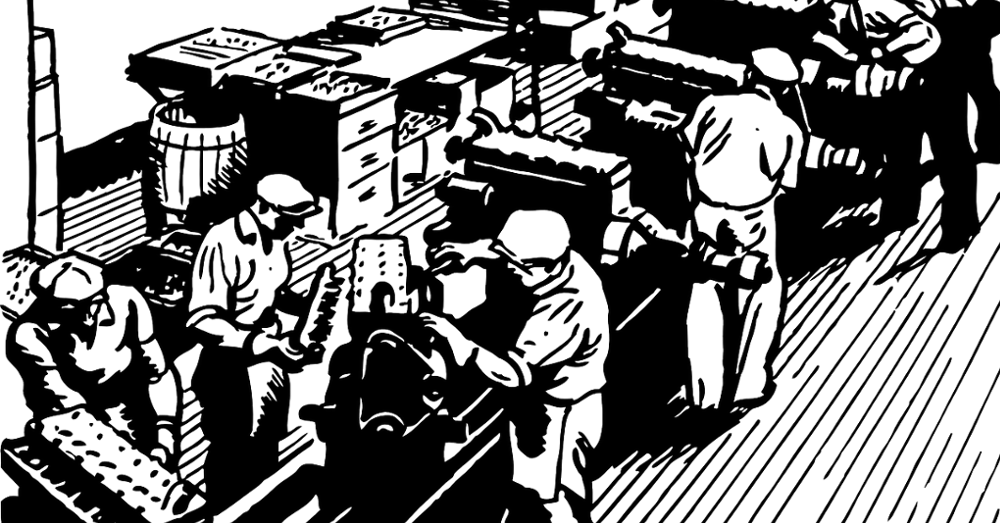
The History of Sears Predicts Nearly Everything Amazon Is Doing
Sears might seem like a zombie today, but it’s easy to forget how transformative the company was exactly 100 years ago, when it, too, was capitalizing on a mail-to-consumer business to establish a physical retail presence. To understand Amazon—its evolution, its strategy, and perhaps its future—look to Sears.
September 25, 2017 | Source: The Atlantic | by Derek Thompson
One hundred years ago, a retail giant that shipped millions of products by mail moved swiftly into the brick-and-mortar business, changing it forever. Is that happening again?
Amazon comes to conquer brick-and-mortar retail, not to bury it. In the last two years, the company has opened 11 physical bookstores. This summer, it bought Whole Foods and its 400 grocery locations. And last week, the company announced a partnership with Kohl’s to allow returns at the physical retailer’s stores.
Why is Amazon looking more and more like an old-fashioned retailer? The company’s do-it-all corporate strategy adheres to a familiar playbook—that of Sears, Roebuck & Company. Sears might seem like a zombie today, but it’s easy to forget how transformative the company was exactly 100 years ago, when it, too, was capitalizing on a mail-to-consumer business to establish a physical retail presence.
To understand Amazon—its evolution, its strategy, and perhaps its future—look to Sears.
Mail was an internet before the internet. After the Civil War, several new communications and transportations systems—the telegraph, rail, and parcel delivery—made it possible to shop at home and have items delivered to your door. Americans browsed catalogues on their couches for jewelry, food, and books. Merchants sent the parcels by rail.
